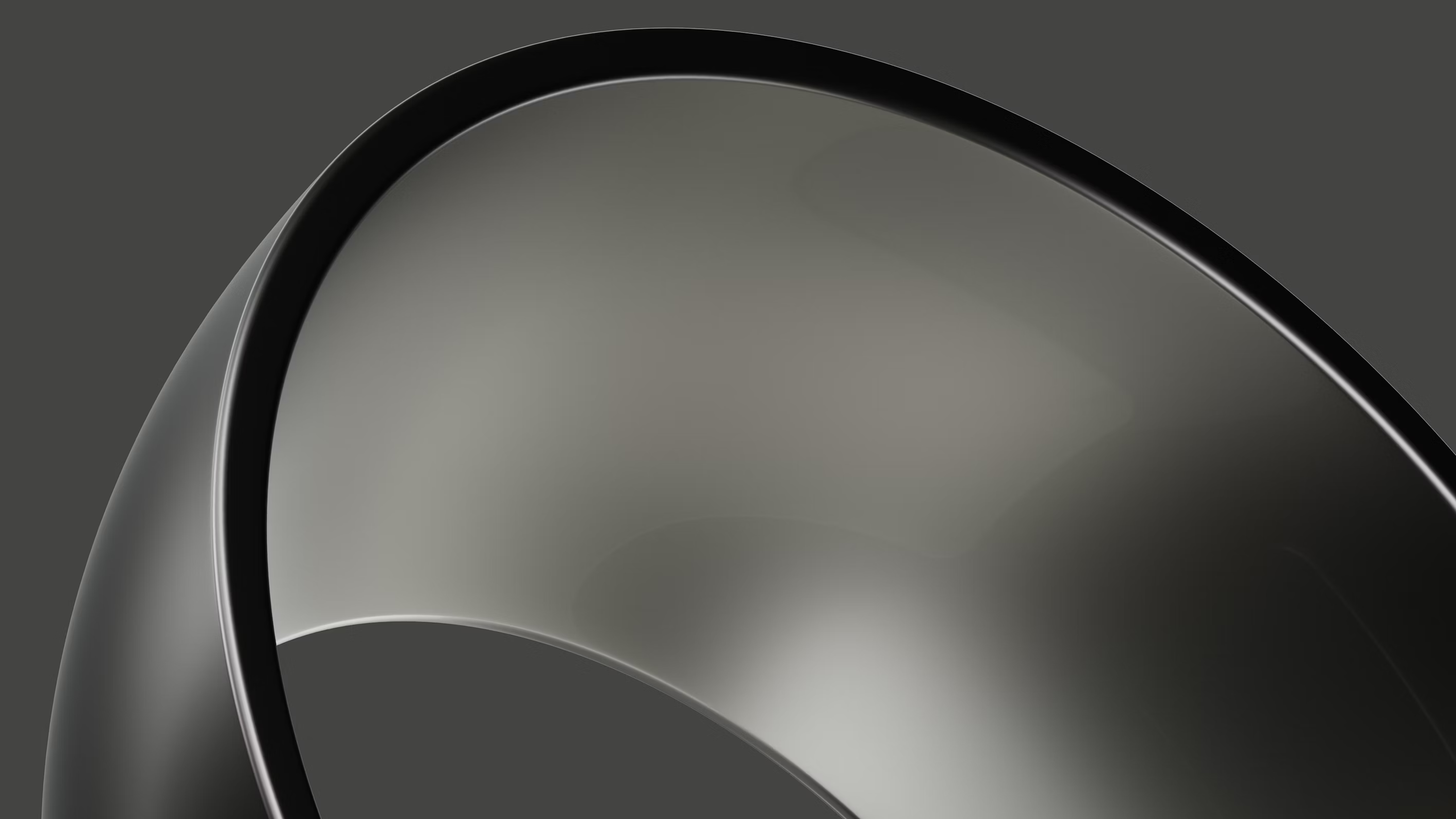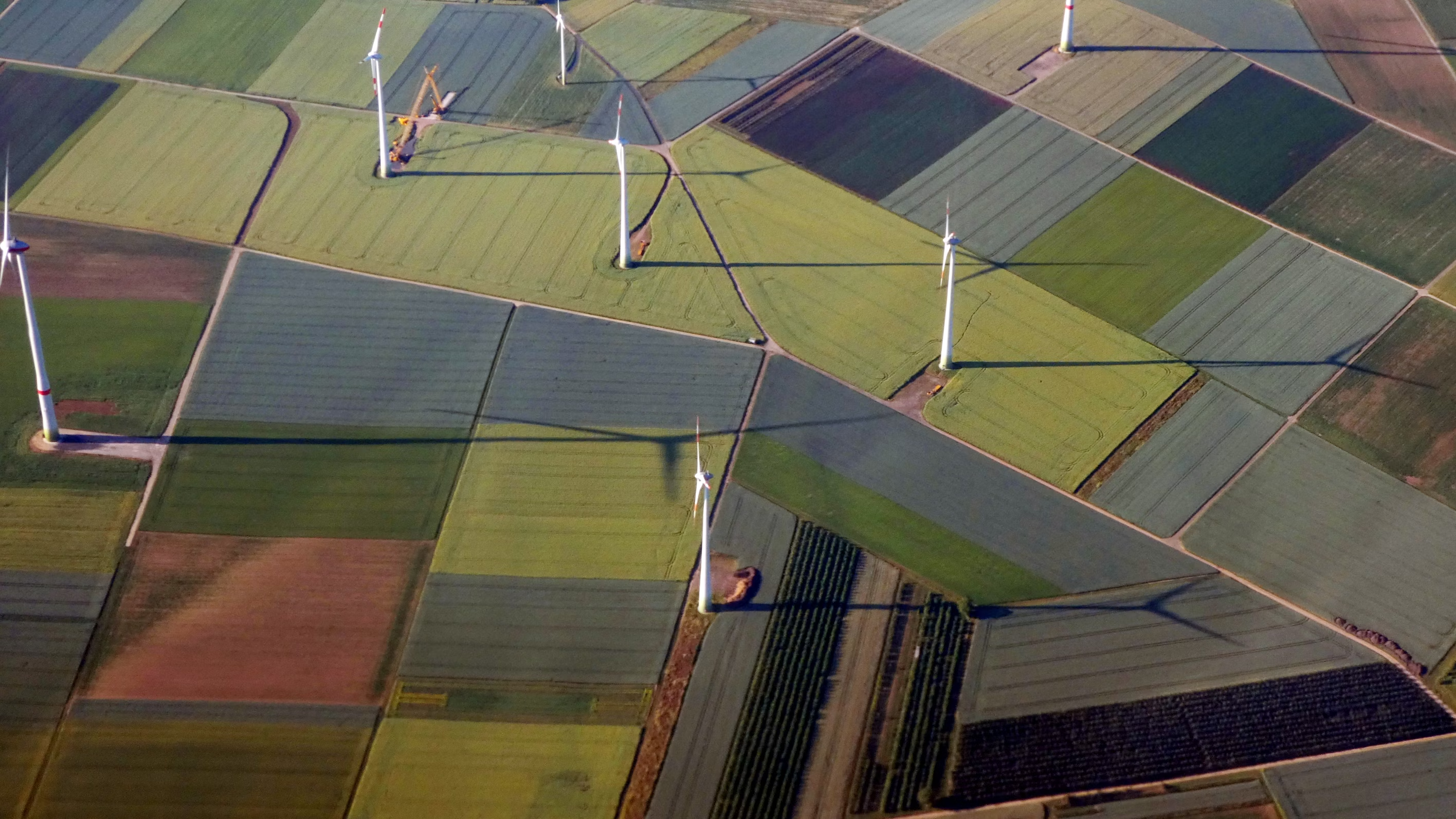The table of content
BUSINESS CONTEXT
The client is an engineered wood products manufacturer with a focus on veneer-based panel production. Their production lines process thousands of sheets daily, with strict quality requirements for moisture content, thickness uniformity, and visual surface quality. The company employs over 1,000 staff in production, quality assurance, and process engineering and is recognized for its sustainability initiatives in the wood processing sector.
Before this project, defective sheets were primarily identified through manual inspections or post-press quality checks. This approach caused wasted material, excessive energy consumption, and increased operational downtime due to press jams or rejected batches. The client sought a data-driven, real-time solution to identify defective sheets early, route them appropriately, and provide full traceability for continuous process improvement.
Business Challenge 1: Reducing Press Rejects and Material Waste
Manual inspection methods and reactive quality control led to unnecessary pressing of defective sheets, resulting in higher energy consumption, glue waste, and a 3–5% reject rate. The business goal was to implement a system capable of detecting defective sheets in real time and automatically routing them to repair or alternate processing lines, reducing rejects while minimizing human intervention.
Technical Challenge 1: High-Fidelity, Per-Sheet Data Processing
Technically, the challenge was to capture, synchronize, and analyze multiple per-sheet sensor streams, including moisture content, thickness measurements, and visual inspection data. Inline sensors generated high-resolution data at different sampling frequencies, and combining these inputs into a unified, actionable metric required robust feature engineering and real-time scoring capability.
Delivery Challenge 1: Integration with Existing Production and Control Systems
The solution needed to integrate seamlessly with existing Siemens S7-1500 PLCs, Edge Gateways, and historians (InfluxDB or PI) to ensure full traceability. It also had to support automated routing via diverter gates and sorting mechanisms while providing dashboards for operators and engineers. Achieving reliable routing in real time without disrupting production cycles posed significant delivery and operational challenges.
Solution 1: Data Collection and Integration
To capture all relevant information per sheet, we integrated multiple sensor systems:
- Sheet Identification: Each veneer sheet was assigned a unique SheetID using inline barcode or QR-code scanners (e.g., Cognex DataMan 370) synchronized with PLC cycles.
- Moisture Measurement: Inline moisture analyzers (contact brush type) provided per-sheet readings, delivered via OPC UA to the historian.
- Thickness Measurement: High-precision caliper rollers recorded multiple points per sheet to detect deviations from nominal thickness.
- Visual Quality Inspection: ROSI grayscale cameras provided per-sheet defect detection for cracks, knots, or scratches.
All sensor data was transmitted via PROFINET and OPC UA through the Edge Gateway to the historian, ensuring reliable traceability from individual sheets to production events and downstream quality outcomes.
Solution 2: Feature Engineering and Risk Scoring
We transformed raw measurements into actionable per-sheet features and batch-level derived metrics:
- Per-Sheet Inputs: Moisture deviation from target, thickness deviation, defect flags/grayscale intensity, sheet position in batch.
- Derived Metrics: Batch averages, weighted defect severity scores based on ROSI intensity maps, and a combined risk score calculated as
Risk=w1⋅MoistureDeviation+w2⋅ThicknessDeviation+w3⋅DefectScore.\text{Risk} = w_1 \cdot \text{MoistureDeviation} + w_2 \cdot \text{ThicknessDeviation} + w_3 \cdot \text{DefectScore}.Risk=w1⋅MoistureDeviation+w2⋅ThicknessDeviation+w3⋅DefectScore. - Contextual Features: Batch ID, shift, operator ID, and sequence information enabled models to account for operational variations.
This approach allowed us to standardize sheet-level data for both rule-based and machine learning analytics, supporting precise routing decisions and continuous process monitoring.
Solution 3: Analytics and Modeling Approach
The system leveraged a combination of deterministic rules and optional machine learning classifiers:
- Rule-Based Thresholds: Moisture outside ±X%, thickness outside ±Y mm, or ROSI defect severity above Z automatically flagged sheets for diversion.
- Machine Learning Model: Random Forest or Gradient Boosted Trees trained on historical sheets labeled “pass” or “reject,” using features such as moisture, thickness, defect scores, and sequence position to predict rejection probability.
- Routing Logic: Scoring outputs triggered PLC or HMI-based control signals to diverter gates, automatically routing defective sheets to repair stations, alternate press lines, or rejection bins.
This hybrid approach ensured immediate operational improvements while providing flexibility for model-driven optimization over time.
Solution 4: Deployment and Real-Time Integration
The system was deployed to support fully automated, per-sheet routing:
- Data Flow: Sensors → S7-1500 PLC → Edge Gateway → Historian → ML scoring engine → PLC control outputs.
- Automation: Flagged sheets generated real-time control signals, diverting them to designated repair or alternate press lines.
- Dashboards: Grafana and PowerBI visualizations provided operators with per-shift statistics, including percentage of flagged sheets, yield improvements, and cumulative defect trends.
- Operator Workflow: Automation reduced reliance on manual inspection, minimizing errors and improving efficiency.
Solution 5: Continuous Monitoring and Traceability
Full per-sheet traceability enabled root-cause analysis and process optimization:
- Audit Trail: Each sheet’s measurements, defect detection, and routing decisions were logged, allowing engineers to analyze trends and identify upstream causes of defects.
- Performance Metrics: Dashboards tracked reject reduction, material savings, and energy efficiency improvements per batch and per shift.
- Feedback Loop: Outcomes from routed sheets were fed back into the machine learning models for continuous improvement.
Key Results and Business Value
- Yield Improvement: Achieved a 0.7–1.1% reduction in press rejects by proactively diverting defective sheets.
- Material and Energy Savings: Reduced wasted glue, energy, and raw materials by preventing defective sheets from entering production.
- Operational Efficiency: Reduced downtime caused by press jams or quality complaints and decreased manual inspection workload.
- Full Traceability: Enabled per-sheet audit trails for root-cause analysis, process optimization, and regulatory compliance.
- Payback Period: Total Initial Investment / Net Annual Savings = $532,320 / $443,600 = 1.2 years (or about 14.4 months)
Features Delivered
- Real-Time Sheet Detection: High-resolution moisture, thickness, and visual defect data captured per sheet.
- Feature Engineering and Risk Scoring: Combined per-sheet and batch-level metrics for precise decision-making.
- Hybrid Analytics: Rule-based thresholds supplemented with machine learning classifiers to predict rejection probability.
- Automated Routing and Dashboards: Diverter gate control integrated with PLC/HMI and visualizations in Grafana/PowerBI for operators and engineers.
The “Bad-Sheet” detection and routing project demonstrates how real-time analytics can significantly improve yield, reduce waste, and enhance operational efficiency in veneer production. By combining high-resolution per-sheet sensor data, feature engineering, hybrid analytics, and automated PLC-controlled routing, the client achieved:
- 0.7–1.1% reduction in press rejects,
- material and energy savings,
- improved operational efficiency, and
- full traceability for root-cause analysis.
This case highlights the value of integrating advanced analytics with industrial control systems to deliver measurable business and operational outcomes in a data-driven manufacturing environment.

TECHNICAL DETAILS
Data Collection & Sources
SheetID is a unique identifier for each veneer sheet or panel, generated via inline barcode or QR-code scanners (e.g., Cognex DataMan 370) and timestamped to synchronize with PLC cycles on the Siemens S7-1500.
Veneer moisture (Veneer.Moisture) is measured by an inline moisture analyzer (e.g., R3 series, contact brush sensor), with per-sheet readings delivered via OPC UA at the end of each sheet pass.
Thickness (Veneer.Thickness) is recorded using high-precision sensors with 0.1 mm tolerance (e.g., Siempelkamp caliper rollers), logging multiple points per sheet to detect non-uniformity.
ROSI defects and grayscale scores are obtained through inline visual inspection using optical or grayscale cameras (e.g., Siempelkamp ROSI Analyzer), providing per-sheet defect flags for cracks, knots, and scratches. All sensor data is integrated through the Siemens S7-1500 PLC, then transmitted via PROFINET and OPC UA through the Edge Gateway to a historian (InfluxDB or PI), ensuring full traceability of each sheet’s data to production events.
Feature Engineering
Input features for the rule or machine learning model include moisture deviation from target (%), thickness deviation from nominal (mm), defect flags or grayscale score intensity, and the sheet’s position within the batch or sequence. Derived features consist of average moisture and thickness per batch, a weighted defect severity score based on the ROSI grayscale map, and a combined risk score calculated as, for example, Risk = w₁·MoistureDeviation + w₂·ThicknessDeviation + w₃·DefectScore.
Analytics / Modeling Approach
Rule-based logic involves setting thresholds such as moisture outside ±X% or thickness outside ±Y mm, and ROSI defects above severity Z to automatically mark sheets. Sheets flagged as “bad” are rerouted for repair, rejection, or separation to a different press line. An optional machine learning classifier, using algorithms like Random Forest or Gradient Boosted Trees, can be trained on historical sheets labeled as “pass” or “reject” from press output. Input features include moisture, thickness, defect maps, and sequence in the batch, with the output providing the probability of rejection or yield loss. Deployment can be edge- or cloud-based, with scoring results triggering routing logic in the PLC or HMI.
Deployment / Integration
The data flow starts with sensors transmitting data to the S7-1500 PLC, then through the Edge Gateway to the historian and the ML scoring engine. Flagged sheets generate control signals sent back to diverter gates or sorting mechanisms on the production line. Dashboards in Grafana or PowerBI visualize per-shift statistics, including the percentage of bad sheets and yield improvements. Operator actions include automatically routing flagged sheets to a separate press or repair station, reducing the human inspection workload and preventing defective sheets from reaching the press.










































.png)
.png)
